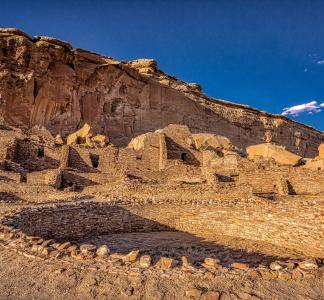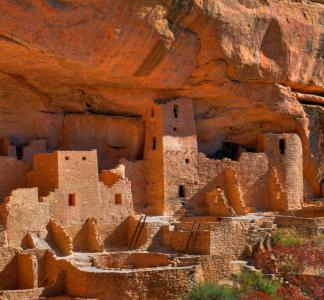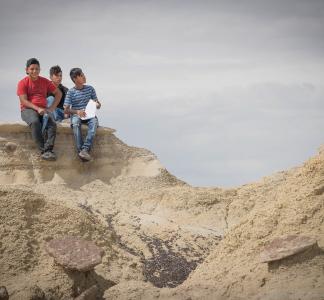3 reasons to protect Greater Chaco Canyon from oil and gas drilling
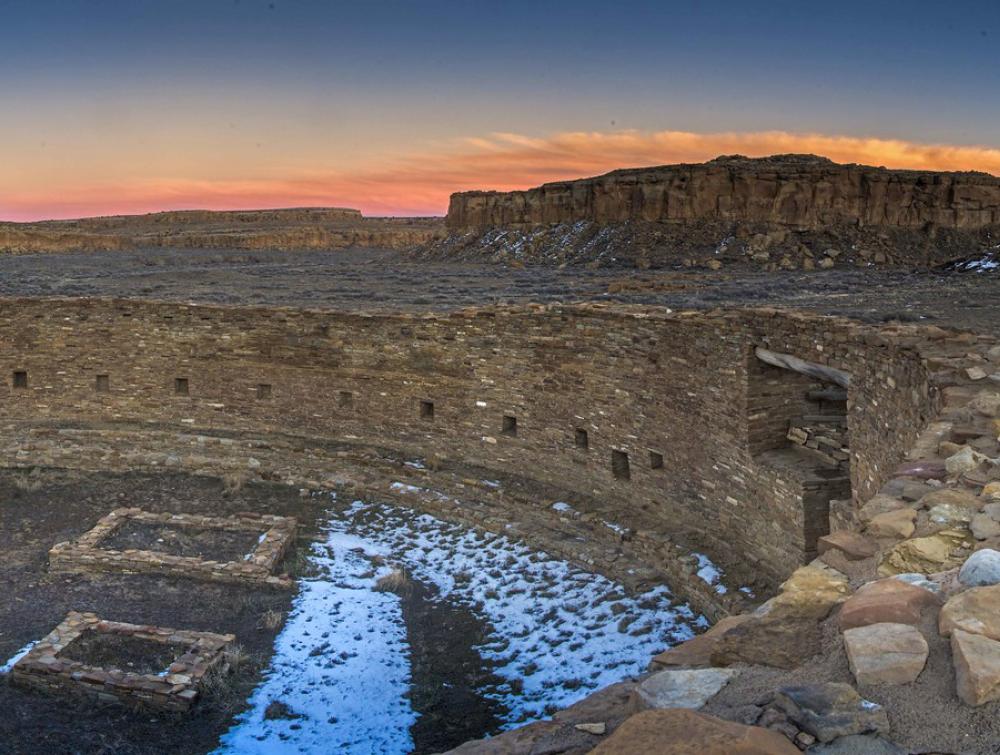
Chaco Canyon, New Mexico
Andrew Kearns/FLICKR CC BY 2.0
Trump Admin prepares to erase hard-fought protections for significant cultural landscape
The Greater Chaco Region, which surrounds Chaco Culture National Historical Park (Chaco Canyon), in northwest New Mexico, is a sacred landscape important to the ongoing cultural practices of the Pueblo, Hopi and other Indigenous peoples throughout the Southwest.
In recent years, oil and gas companies have made relentless attempts to drill and frack the land immediately bordering Chaco Canyon. In 2023, advocates to protect the Greater Chaco landscape breathed a (small) sigh of relief when, after a lengthy public engagement process, the Department of the Interior approved a mineral withdrawal that banned new oil and gas leasing and development for the next 20 years.
But the landscape is more vulnerable than ever. The Trump administration just announced it’s considering revoking the 20-year ban on oil and gas drilling, protections that are critical to ensure the protection of cultural resources and sites still used by Tribes today. The Bureau of Land Management will consider this reversal and will open an expedited 14-day public comment period, giving the public little time to respond.
We need to protect this mineral withdrawal and keep oil and gas out of this region in order to protect this irreplaceable landscape.
Here are three reasons why:
1. Chaco Canyon is a significant cultural and sacred site for Pueblo, Hopi and other Tribes and Indigenous peoples across the Southwest
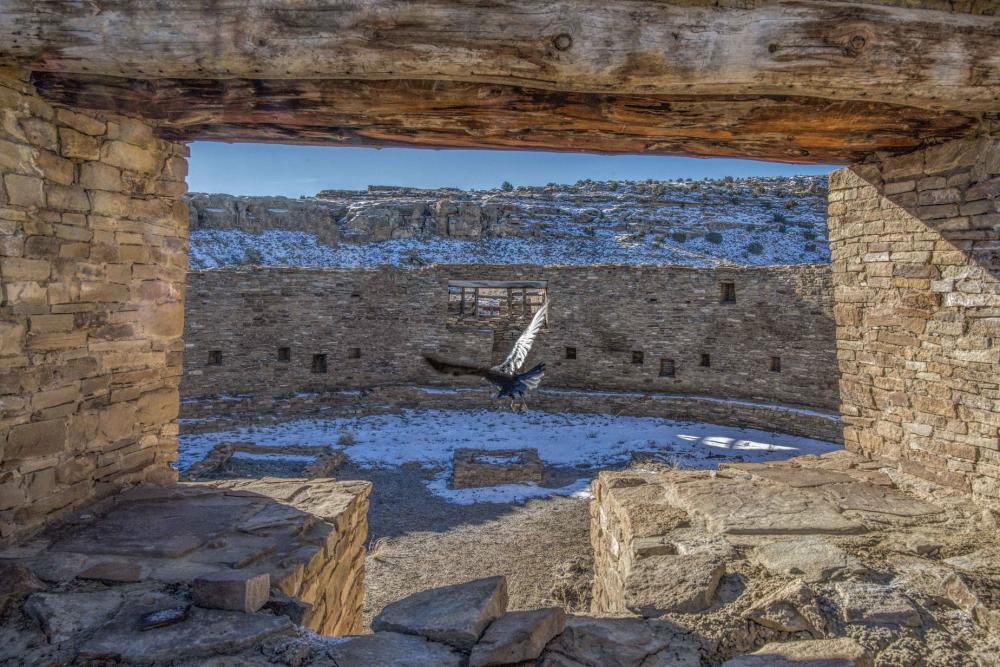
Casa Rinconada is one of the "kivas" located at the Chaco National Park.
Andrew Kearns/FLICKR CC BY 2.0
The Greater Chaco landscape has been home to Indigenous people of the Southwest since time immemorial. Historians believe that people would come from far away to take part in religious rituals and political meetings. Today, large-scale ceremonial structures, known as kivas, dozens of ancient villages, roads and shrines that were built by the Ancestral Puebloan peoples between 850 and 1250 BCE, offer a glimpse into this ancient world.
For modern-day Pueblo, Hopi and other Indigenous peoples in the area, Chaco Canyon is much more than a historical site. It’s a direct connection with their ancestors and a place to continue their ongoing cultural practices. And that connection doesn’t stop at the boundaries of the national park. But continued oil and gas development poses significant threats to the cultural resources left by the Ancestral Pueblo and other Tribes. In fact, more than 4,000 archeological and historic sites in the 10-mile protective zone have been identified according to research by Archaeology Southwest—and that number is expected to be much higher, because less than 20 percent of the protection zone has been surveyed.
2. Oil and gas drilling harms public health and well-being of Tribal and local communities
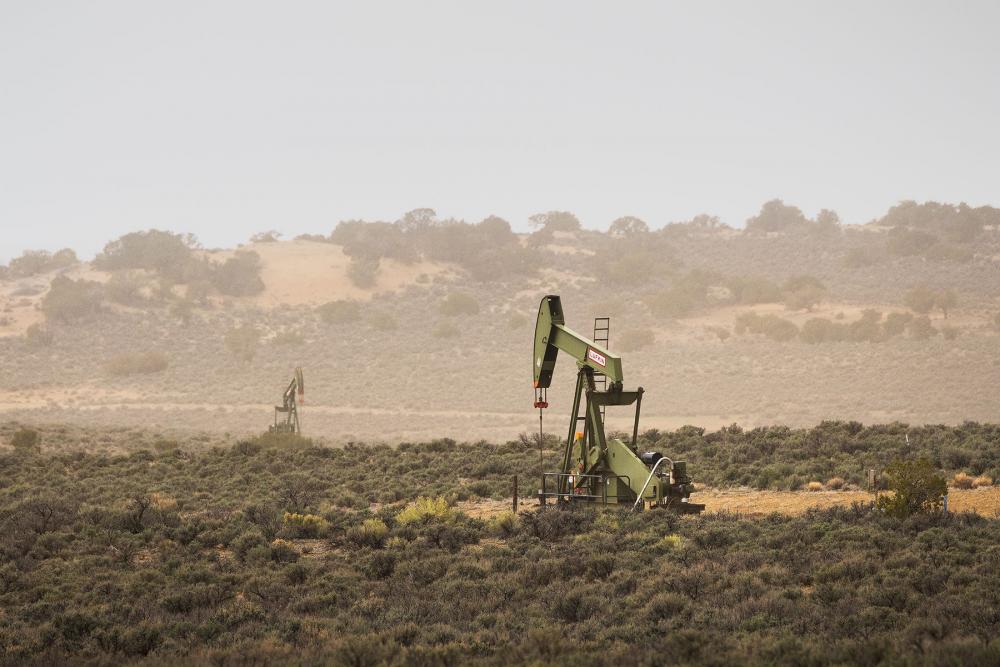
The northwest quadrant of New Mexico is completely saturated with oil and gas development.
Mason Cummings/TWS
It’s no secret that living in proximity to oil and gas development threatens community health, causing greater risks of asthma, adverse pregnancy outcomes and cancers. In the Greater Chaco region, these risks are an unfortunate reality, as oil and gas drilling—and the harmful and potent air pollutants emitted from such development continues to creep closer to local communities' doorsteps.
Over the past few decades, the Bureau of Land Management has leased over 90 percent of public lands surrounding Chaco Canyon for drilling. Oil and gas companies have drilled more than 37,000 wells in the area and built a sprawling network of roads (15,000 miles). That’s five times greater than the distance from Los Angeles to New York. Allowing for more drilling in the Greater Chaco region will continue to put local communities at an even greater risk, poisoning their air, water and the region’s biodiversity.
3. Local communities have had enough
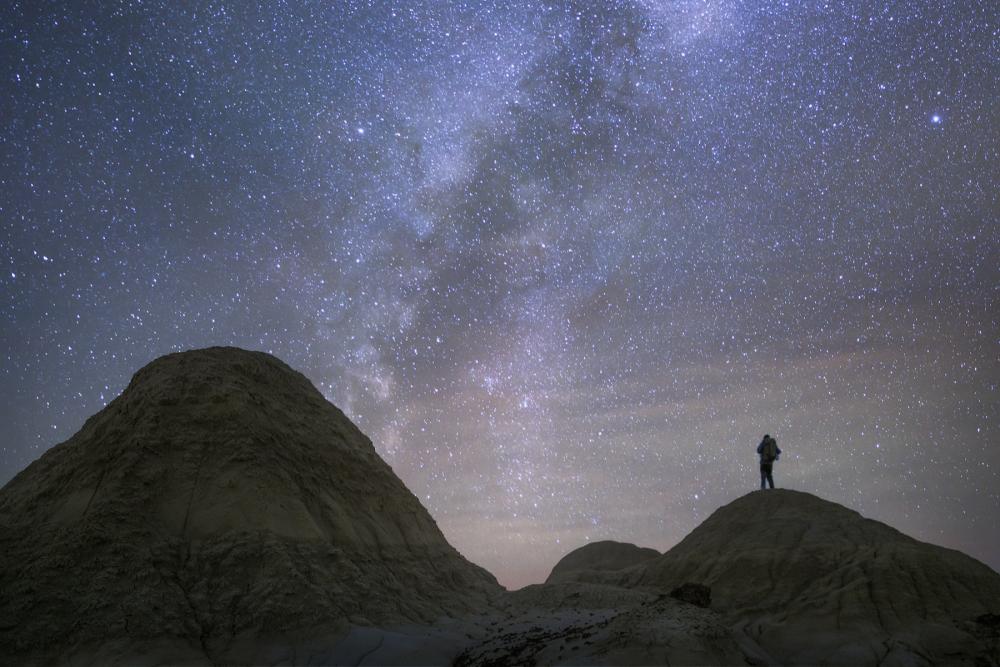
Chaco Canyon is considered one of the best places in the world to see stars.
Mason Cummings, TWS
More oil and gas development in the region would worsen traffic, release more toxic pollution, disrupt visitor experiences, fuel climate change and lead to more frequent oil and gas leaks. And the stakes could be even higher. In 2016, a fracking site exploded and caught on fire near the community of Nageezi, about 23 miles from Chaco Canyon. Luckily, no one was hurt, but the fire burned for three days straight, and more than 50 residents had to be evacuated.
Local communities and those similarly impacted by oil and gas development have been far from silent, calling for the protection of this culturally significant landscape. In fact, a public comment period for the withdrawal drew more than 160,000 public comments in support.
In June of 2022, members of the All Pueblo Council of Governors traveled to Washington DC to urge the Biden administration to finalize protections for the sacred Chaco landscape. “My people know how special this landscape is, and how oil and gas development nearby puts all our traditions and cultures at risk,” said Randall Vicente, Governor of Acoma Pueblo in press statement following the trip. “Chaco is a sacred place for the Indigenous communities throughout the Southwest.”
Earlier this year, communities and advocates also rallied behind the reintroduction of the Chaco Cultural Heritage Area Protection Act, supported by the entire New Mexico congressional delegation, that will permanently protect public lands within 10 miles of Chaco Canyon from new oil and gas leasing.
More drilling and fracking in the Greater Chaco landscape would disregard these persistent calls for conservation.
